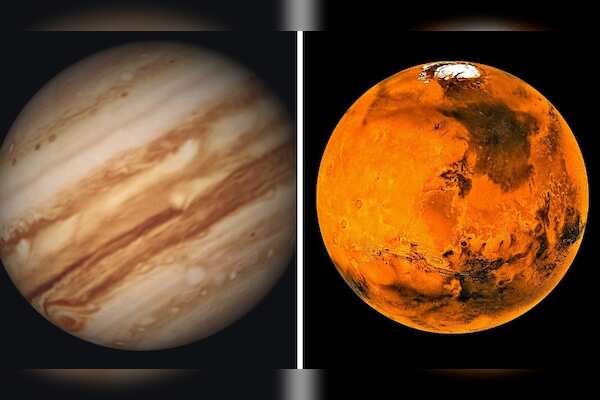Stonehenge, the ancient megalithic structure located in England, has long been believed by experts in archaeology and astronomy to have ties to both the Moon and the Sun. The alignment of the monument with these celestial bodies has sparked curiosity and interest in understanding the purpose and design behind this historic site. In light of this connection, English Heritage, a renowned charity dedicated to preserving historic landmarks, has announced a groundbreaking research project.
This investigation will focus on determining whether the stones at Stonehenge align with the Moon during the upcoming "major lunar standstill." Experts from five different institutions will be working together to shed light on this intriguing aspect of the monument. The major lunar standstill, which occurs roughly every 18. 6 years, signifies the northernmost and southernmost positions of the Moon along the Earth's horizon. This unique phenomenon presents a rare opportunity to explore the relationship between Stonehenge and lunar movements. Jennifer Wexler, a historian for Stonehenge at English Heritage, expressed enthusiasm for the project. She highlighted the collaboration with archaeoastronomers as a promising step towards unlocking the ancient mysteries surrounding Stonehenge. Wexler emphasized the significance of this investigation, stating that it offers a chance to deepen our understanding of the monument's connection to celestial phenomena. As part of their research efforts, English Heritage will be involving the public through a series of events planned for the year. This inclusive approach aims to engage a wider audience in the exploration of Stonehenge's secrets and history. Stonehenge's construction dates back to various stages in history, starting with an early henge structure built around 5,000 years ago. The iconic stone circle was later added in the late Neolithic period, around 2500 BC, followed by the incorporation of burial mounds during the early Bronze Age. Although the origins of Stonehenge remain mysterious, recent research in 2022 proposed a compelling theory. Scholars suggested that the site was designed based on a solar year of 365.25 days to aid in timekeeping and tracking astronomical events. This finding adds another layer of complexity to the intricate relationship between Stonehenge and the celestial bodies it is believed to be connected to.Unlocking the Mysteries of Stonehenge: English Heritage's Research Project on Lunar Alignments and Ancient Design
 7 months ago
1561
7 months ago
1561
- Homepage
- Tech & Sicence
- Unlocking the Mysteries of Stonehenge: English Heritage's Research Project on Lunar Alignments and Ancient Design
Related
NASA Faces 19-Day Deadline to Bring Back Astronauts from ISS...
3 months ago
1122
Nvidia potentially delaying release of data center GPU B200 ...
3 months ago
1138
Rare Celestial Event: Mars and Jupiter Alignment on August 1...
3 months ago
1505
Trending in United States of America
Popular
Disney's Major Investment in Epic Games Signals Next Chapter...
8 months ago
1804
Top commodity trader Andurand predicts quadruple increase in...
6 months ago
1741
Middle East tension boosts Brent crude above $90 for the fir...
7 months ago
1735
World of Warcraft Companion App to be Discontinued by Blizza...
7 months ago
1731
"Don't Take Travel for Granted: Tips for Traveling with Elde...
8 months ago
1729
© StoryBrut 2024. All rights are reserved








 English (US)
English (US)